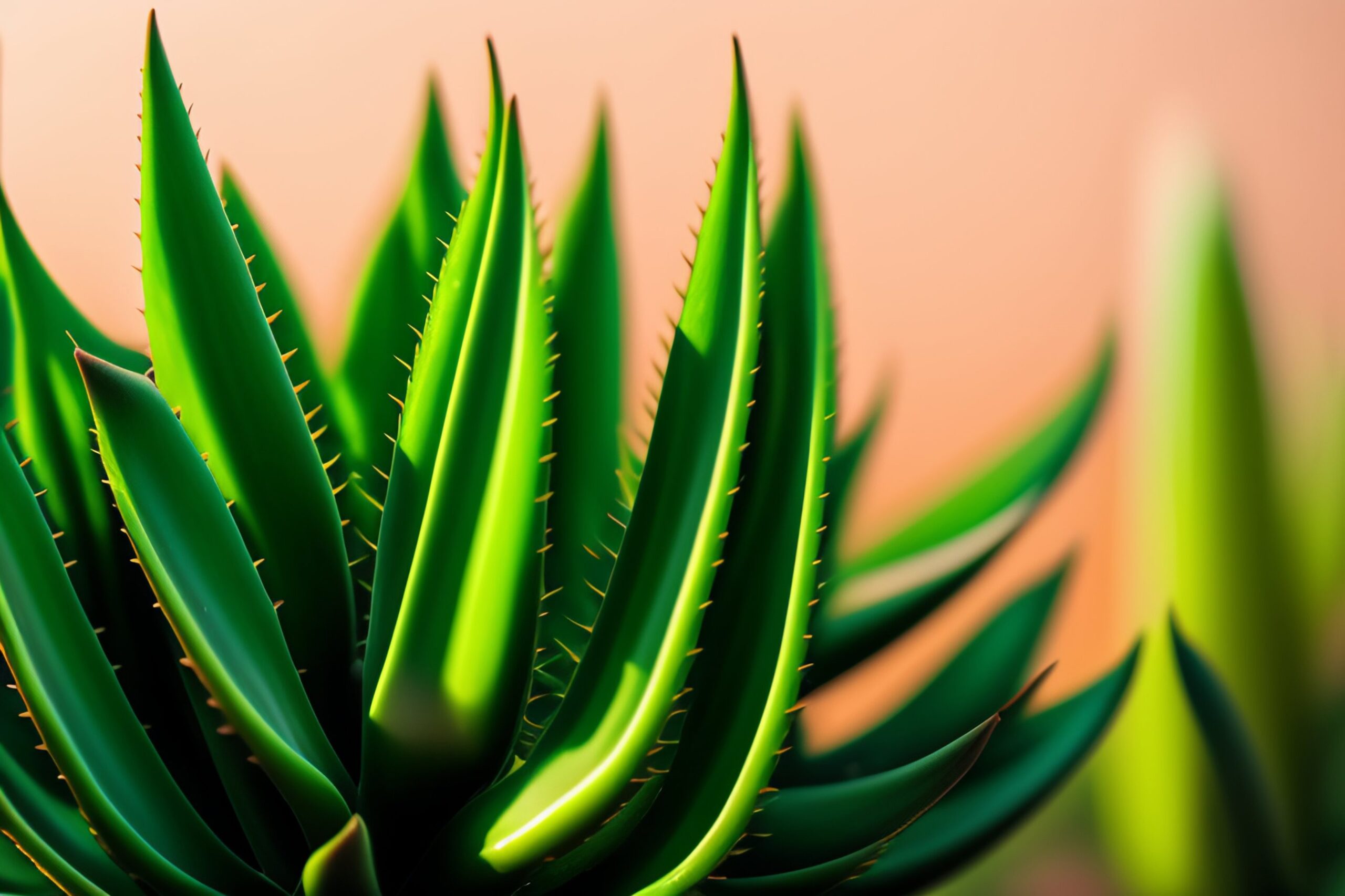
Haemorrhoids: A Common but Treatable Condition
Haemorrhoids are swollen blood vessels located in the lower rectum or around the anus. These blood vessels, when under increased pressure, can become inflamed, leading to haemorrhoids. There are two types of haemorrhoids: internal and external.
Haemorrhoids, often referred to as piles, are a common condition that affects millions of people worldwide. Despite their prevalence, haemorrhoids can cause significant discomfort and embarrassment. In this blog post, we will explore what haemorrhoids are, their causes, symptoms, and available treatment options. It is important to note that while this blog provides useful information, it should not replace professional medical advice. If you suspect you have haemorrhoids or are experiencing similar symptoms, consult Dr. Singh’s Homeopathy for an accurate diagnosis and appropriate treatment.
What are Haemorrhoids?
Haemorrhoids are swollen blood vessels located in the lower rectum or around the anus. These blood vessels, when under increased pressure, can become inflamed, leading to haemorrhoids. There are two types of haemorrhoids: internal and external.
Internal haemorrhoids develop inside the rectum, out of sight. They are typically painless but may cause bleeding during bowel movements. In some cases, internal haemorrhoids may protrude through the anus, causing discomfort or a feeling of fullness.
External haemorrhoids develop under the skin around the anus. They can be felt as small lumps or bulges and may cause itching, pain, or bleeding.
Causes and Risk Factors:
Haemorrhoids can be caused by various factors, including:
Symptoms:
The signs and symptoms of haemorrhoids may vary depending on their type and severity. Common symptoms include:
Treatment and Prevention:
Fortunately, many cases of haemorrhoids can be effectively treated with conservative measures and lifestyle changes. Here are some tips:
When conservative measures fail to alleviate symptoms, medical intervention may be necessary. Procedures such as rubber band ligation, sclerotherapy, or surgical removal may be recommended by a healthcare professional.
Role Of Homeopathy
Homeopathy based on the principles of Holistic and Individualistic approach cures Haemorrhoids successfully. At Dr. Singh’s Homeopathy we never recommend patients to undergo surgery if the disease can be cured by medications. In Haemorrhoids chances of post operative recurrence are very high cause you are just removing the external manifestation not treating the whole disease. If you or your known is suffering from such problems feel free to Contact Dr. Singh’s Homeopathy.
Conclusion:
Haemorrhoids are a common condition that affects many people at some point in their lives. While they can cause discomfort and inconvenience, proper understanding, lifestyle modifications, and timely medical intervention can effectively manage this condition. If you suspect you have haemorrhoids or are experiencing persistent symptoms, consult Dr. Singh’s Homeopathy for an accurate diagnosis and appropriate treatment. Remember, prioritizing your well-being and seeking proper medical advice is essential for a healthy and comfortable life.

